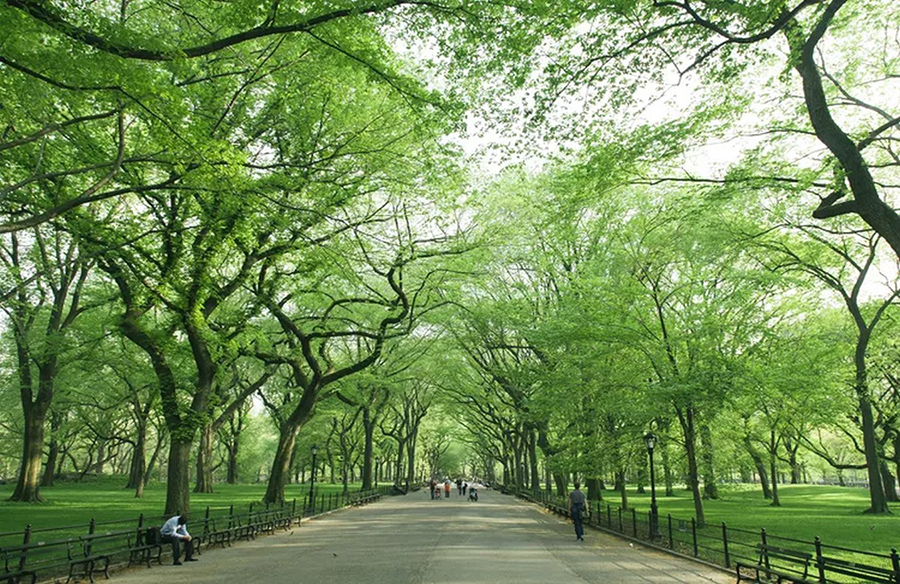Introduction: Recognizing the Mental Health Crisis
In recent years, the United States has faced a growing mental health crisis, with a significant portion of the population affected by mental illness. The prevalence of mental health issues, coupled with public awareness during Mental Health Awareness Month, prompts a crucial conversation about improving mental well-being in America.
The Role of Green Infrastructure
Experts suggest that investing in green infrastructure could be a vital step towards addressing mental health challenges. Studies have demonstrated that access to trees and green spaces can have profound effects on mental well-being, including reducing depression rates, lowering cortisol levels (the brain’s stress hormone), and enhancing cognitive function. These benefits are particularly pronounced in urban areas, where residents often grapple with higher levels of depression and anxiety.
Scientific Evidence of Positive Impact
A growing body of scientific research in the United States and worldwide supports the positive impact of trees on mental health. Studies conducted in Germany and Denmark highlight the correlation between proximity to trees and reduced antidepressant drug use and lower risk of psychiatric disorders, respectively. Some healthcare professionals are even prescribing “forest bathing” – immersive experiences in natural settings – as a therapeutic intervention for patients struggling with mental health issues.
Public Awareness and Access to Green Spaces
Despite the wealth of research, there remains a lack of awareness among the American public regarding the mental health benefits of trees. A survey commissioned by the Arbor Day Foundation revealed that only 41% of American adults recognized the positive impact of trees on mental well-being. This perception may stem from the misconception that green spaces are a luxury rather than a necessity.
Equitable Access to Nature
Ensuring equitable access to trees and green spaces is essential, particularly for disadvantaged communities that often have limited tree canopy coverage. These communities also face barriers to accessing traditional mental health services, compounding their struggles. By providing equal access to nature, we can offer hope and support to individuals grappling with mental health challenges.
Conclusion: Trees as Essential Contributors to Mental Well-being
While trees alone may not solve the mental health crisis, they represent a vital resource for promoting well-being and resilience. By recognizing the therapeutic value of trees and prioritizing equitable access to green spaces, we can empower individuals to find solace and healing in the beauty and strength of nature.








